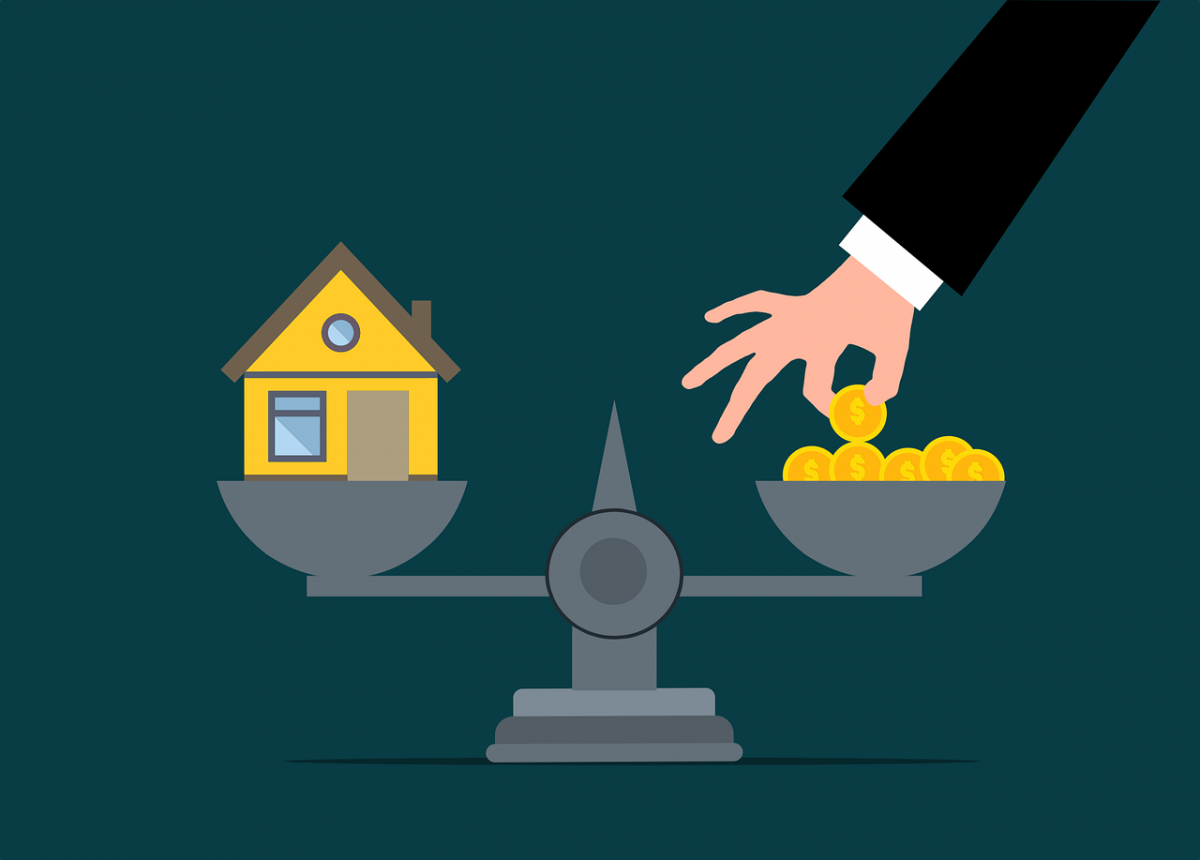How to Calculate How Much to Charge for Rent in Utah (2024)

As a landlord, one of the things you need to figure out is how much to charge your tenants for rent. You want to make sure you are getting the most out of your investment and generating positive cash flow, but you can’t charge so much that potential renters pass on your unit for cheaper options.
Charging too low for rent not only means missing out on revenue, but it might also attract lower-quality tenants.
There are a few different considerations to be made when calculating how much to charge for rent. As a property and tenant management company in Utah, here is our guide for Utah landlords.
Based on Property's Value
One method for calculating how much rent to charge is to base it off of your property’s value.
A common rule of thumb in the industry is to settle on a monthly rental charge that is around 1% of the property’s market value. However, the rent amount for a higher-valued property probably needs to be less than 1% in order to attract enough tenants. It’s not uncommon to have good revenue-producing properties charging a monthly rate that is 0.5-.75% of the current market value.
In a normal and stable Utah market, you’ll find that many rental properties charge rent near this range, give or take a bit, but there is no definitive “rule”.

Based on Local Market
Rental markets are not always normal and stable, however. Utah has experienced higher-than-average demand in recent years with housing inventory being stretched thin.
It’s important to be aware of your local market: how much demand there is for rented housing, the quality of your property’s location, how your property size and amenities compare to other nearby options, and the cost of utilities in your area.
Demand
Obviously, higher demand means you can charge more for rent. That’s basic economics. But Utah landlords should closely monitor demand to make sure they understand what is driving it, and how it might be changing in the near future. Even if high demand allows you to charge more for rent, you still need to stay competitive within the local market.
Location
Certain neighborhoods and cities are particularly desirable for renters. Others may be notedly less desirable.
Figure out how your property’s location is perceived, and the amount other Utah landlords are charging for rent in their nearby property.
Elements that might make your location worth paying a higher rent for include:
- Proximity to schools, dining, or shopping.
- Higher property values and perceived neighborhood quality.
- Special views of the city, nature, etc.
- Proximity to water, especially water with recreational access.
Property Size / Tenants Per Unit
Multifamily property, where there is a high number of rentable units within the same property, have more opportunities to collect separate rent payments each month. These units can also be rented out to more than one renter at a time, like students who room together.
The size of your property and the amount of tenants per unit play a part in determining how much rent to charge. If each unit needs to make x$ per month in order for you to have the cash flow you need, that number can be divided up among multiple tenants per unit.
You’ll need to calculate not only how much rent payment you need the property to produce overall, but also what percentage of that amount will be reasonable for charging each individual tenant.
Utility Costs
Consider how much utilities cost on average for your property and work that into your calculations. You need to charge enough rent to cover utility costs while still making a worthwhile profit.

Based on Mortgage and Other Overhead Costs
No matter how much you feel your market will allow you to charge for rent, it won’t matter if it’s not enough to cover mortgage payments or any other overhead costs that come with owning the property.
At a very minimum, you should at least be charging enough rent to pay your mortgage with.
Consider What Ideal Tenants Will Pay
Don’t just set your rent rate for what you think most renters will pay, and call it done. Instead, consider who your ideal tenant is, based on your property class and investment strategy.
If you want the most stable and reliable tenants that are most likely to rent long-term, then you will probably set the rent higher (within the range of your local market) than you would if you were planning on renting to tenants in a low-income neighborhood, which are more transient.
But if you charge a rent that is too low for what your property could yield, you may attract tenants that don’t fit your ideal strategy.
Consider Seasonality
The amount you charge for rent may fluctuate seasonally.
In Utah, this is especially true for student housing property; rent is usually higher in the fall and winter months, when demand is higher and supply is lower. Then the rates drop for summer months when less students are living near campus, so demand is lower.
Assess Value of Amenities
Certain amenities may be rent-boosting features. But this only applies to amenities that are highly-valued by most tenants generally.
Some examples of amenities that might allow you to charge a little more for rent each month include things like pool/spa, heated/covered parking, on-site gym, dog park, on-site restaurant, special service, etc.

No Rent Control Laws in Utah
As mentioned before, Utah is not a rent control state. That means that the government does not regulate how much landlords charge for rent.
The government can still enforce anti-discrimination laws, however, which may include charging unequal/unfair rent amount based on discriminatory factors.
Experts in Utah Rental Markets
Our team at Joseph Thomas has years of experience managing our own Utah properties and those of our landlord clients.
We help Utah property owners set competitive rental rates and efficiently manage tenants for long-term success and revenue. If you’re ready for a property management partner to make your life much easier, let’s talk!
FAQs
What about rent control?
Some states (not Utah) have rent control laws, which regulate how much rent can be charged. If you own rental property in a rent-control state, you’ll need to adhere to those local regulations.
What are the 1% and 2% rules?
The 1% rule and 2% rule in real estate serve as rough guidelines for determining how much rent to charge, but they should not be used as hard-and-fast rules. For most markets in today’s world, these rules seem to be a little out of date. It’s more important to research your specific market and consider the elements covered on this page.
Joseph Thomas does not provide legal, tax, or investment advice. We recommend the reader consult their attorney, accountant, and/or financial advisor before making any personal investment decisions.





